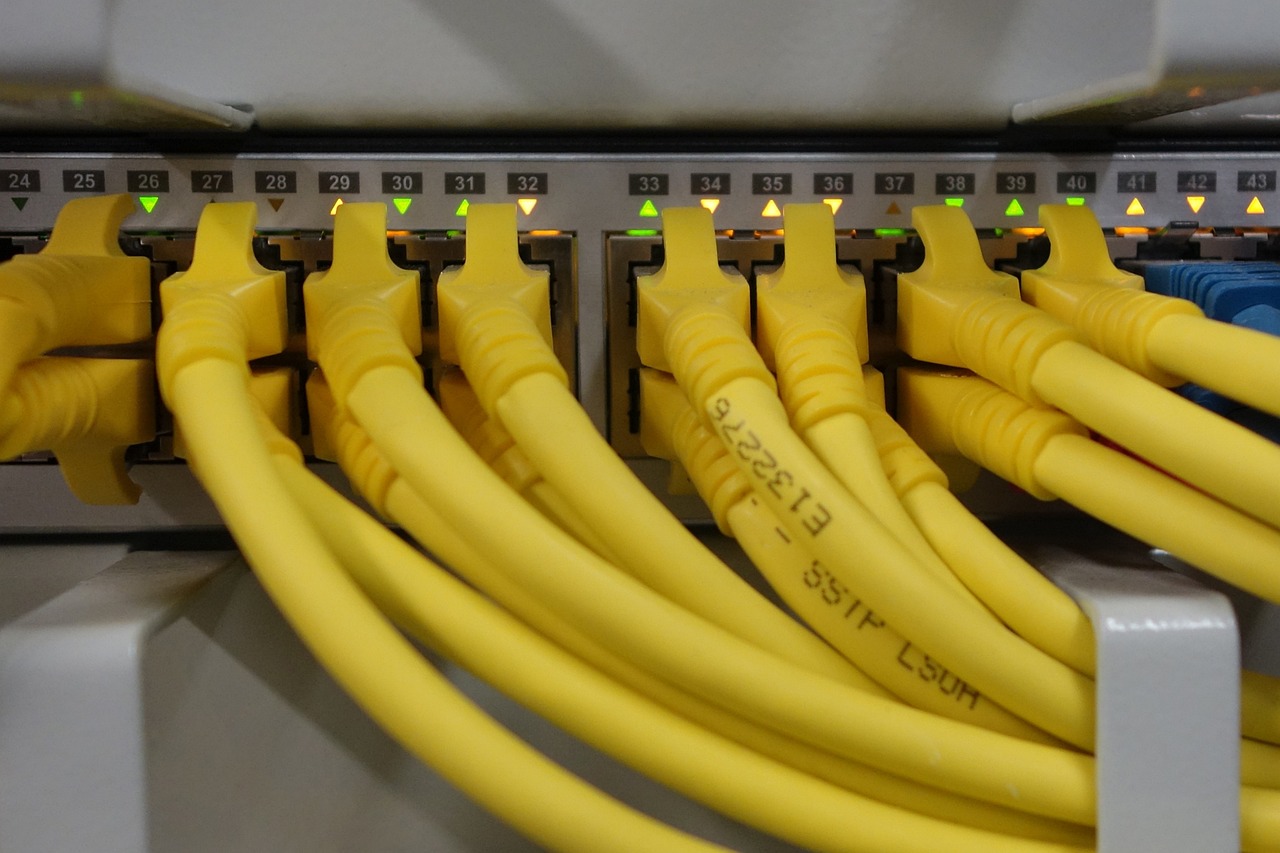Technology is evolving rapidly, and your structured cable infrastructure must match your organizational needs both today and in the future. Every company has unique requirements for telecommunications, security, and data.
Do you need reliable, high-speed Internet in the conference room? Do you need heavy-duty cabling in your manufacturing environment? Do you need to guarantee the uptime of critical equipment?
On average, cabling infrastructure represents less than 10% of the overall network budget, but installation is complex and labor-intensive. Whether installing network cabling in a new building or re-cabling an existing workplace, you’ll need to understand the types of network cables available to you and know the professionals that can do the job right.

Types of Cable Infrastructure
The following descriptions offer general guidelines for cabling capability. However, an experienced structured cabling team can help your organization to make the appropriate choice for your company’s unique current and future cabling needs.
- Category 5 (Cat5): Cat5 cabling was the standard in the mid-1990s and is still working for many organizations. However, if the company’s strategic plan includes moving into more advanced IT technologies, new technology requirements may necessitate a change.
- Category 5e (Cat5e): Much of the cabling in current buildings is Cat5e, which became the standard in 2001. Cat5e minimizes noise and signal interference and provides rated transfer speeds of 350 Mbit/s over 100 meters. 50-meter lengths of Cat5e cable can be optimized to perform at Gigabit Ethernet (1000BASE-T) speeds. If you anticipate the need for greater network speeds in the future, Cat5e cabling may not be capable of accommodating these higher speeds.
- Category 6 (Cat6): Cat6, introduced in 2002, is recommended for commercial property owners and those with long-term lease agreements. If your organization utilizes Power over Ethernet (PoE) devices, including VoIP telephone systems, cameras, automatic door access, and WIFI, a minimum category 6 cable is recommended. Cat6a Ethernet cable is often necessary for higher velocity equipment and the robust video performance inherent in many modern workflows. If you have a conference room that requires high-speed technology and AV transmission, for instance, Cat6 cabling is recommended.
In addition to increased speeds, the primary difference between a Cat5 vs Cat6 cable is reduced crosstalk. Crosstalk occurs when the electromagnetic signals emitted from nearby cables interfere with one another. Newer versions of Cat6 and Cat6A cables address crosstalk through twisted cable design and improved shielding. - Category 6a (Cat6a): Cat6a is recommended if your 5-10 year plan includes upgrading or moving into a new facility. These solutions are sufficient for most transmission quality, provided you don’t require streamlining complex video applications or large-format presentations. As video streaming and wireless communications become more common, this type of copper wiring might quickly reach its limitations.
- Category 7 (Cat7): While Cat7 options may provide more than you need now, each newer cable standard offers higher speeds with lower crosstalk levels, even with longer cables. Most businesses still do not need to update their hardware to Cat7 Ethernet cable, although some industries may find it optimal for their growing telecommunications and data needs.
Be Prepared for the Future
Upfront cabling infrastructure planning is well worth the effort. A standard rule of thumb is that you want your cable infrastructure to function at peak performance for at least ten (10)+ years. Your company’s structured cabling network should last for the lifespan of current technology and the next anticipated equipment upgrade.
Your business network is critical for your company’s operations and revenue, so working with professionals who understand cabling infrastructure is essential. You’ll get honest assessments regarding current and future infrastructure needs, as well as video and security requirements, wireless device usage, and your overall business growth plan.
Are you ready to learn more? Call today to speak with the experienced IT and structured cabling professionals at Alliance IT.
